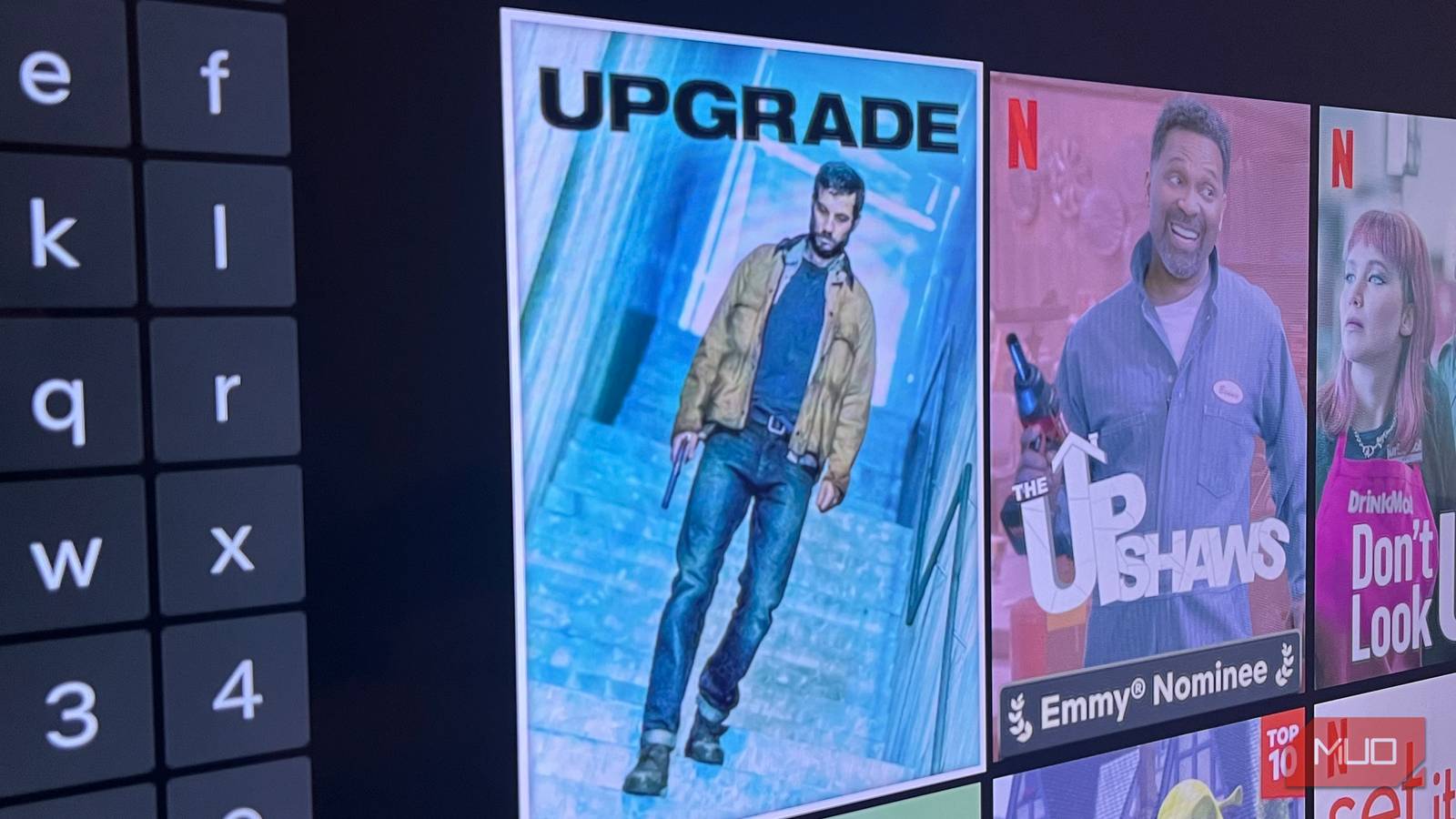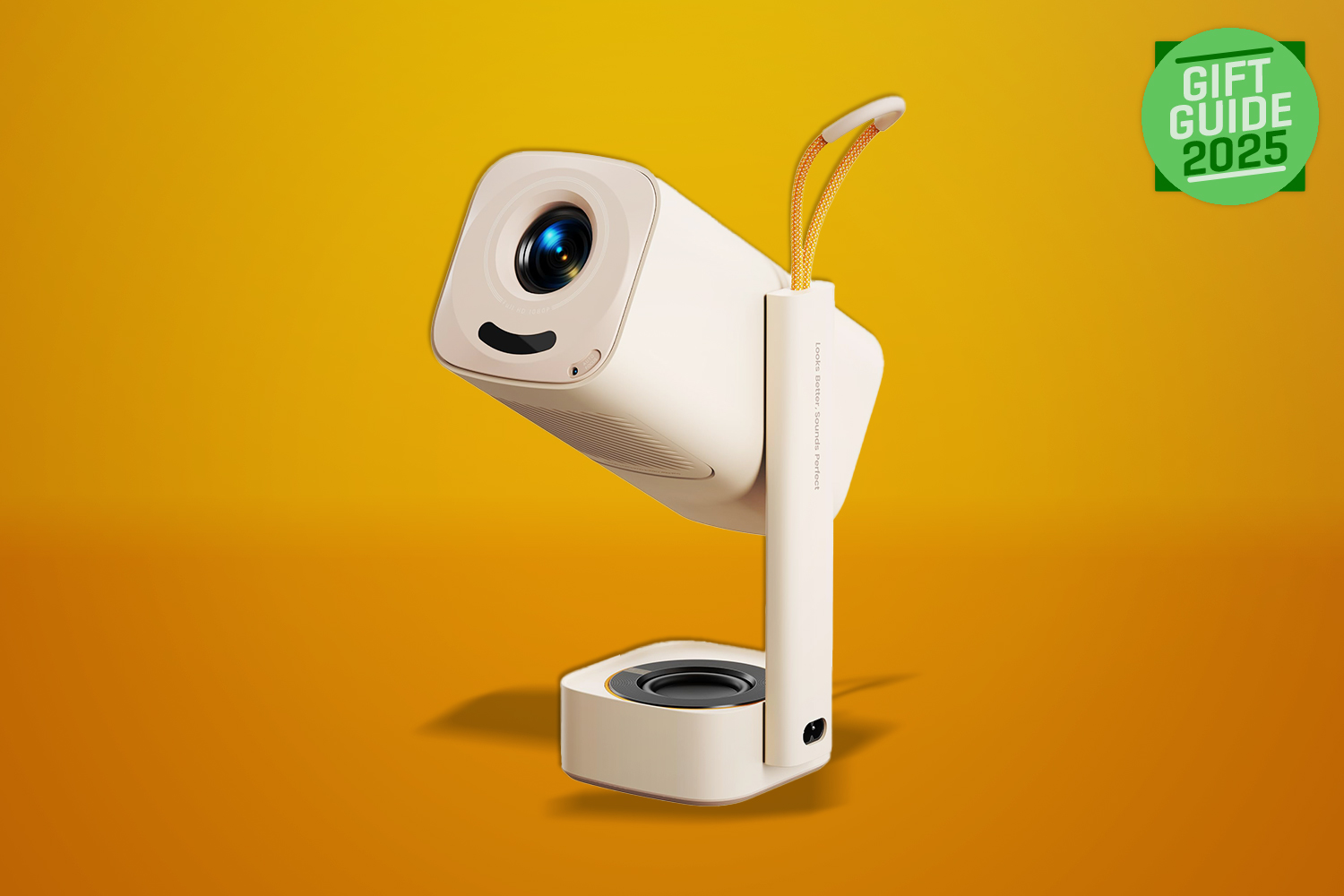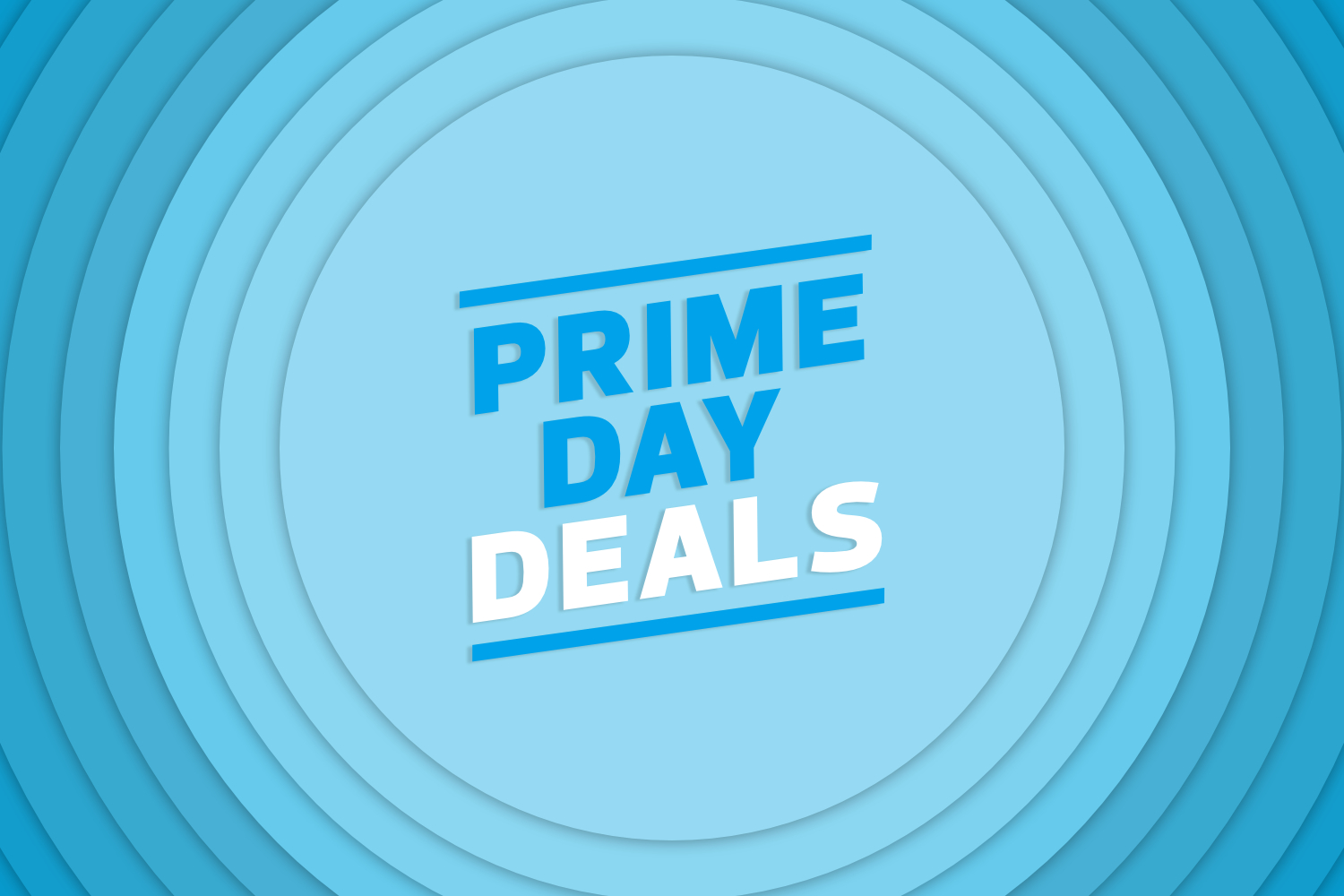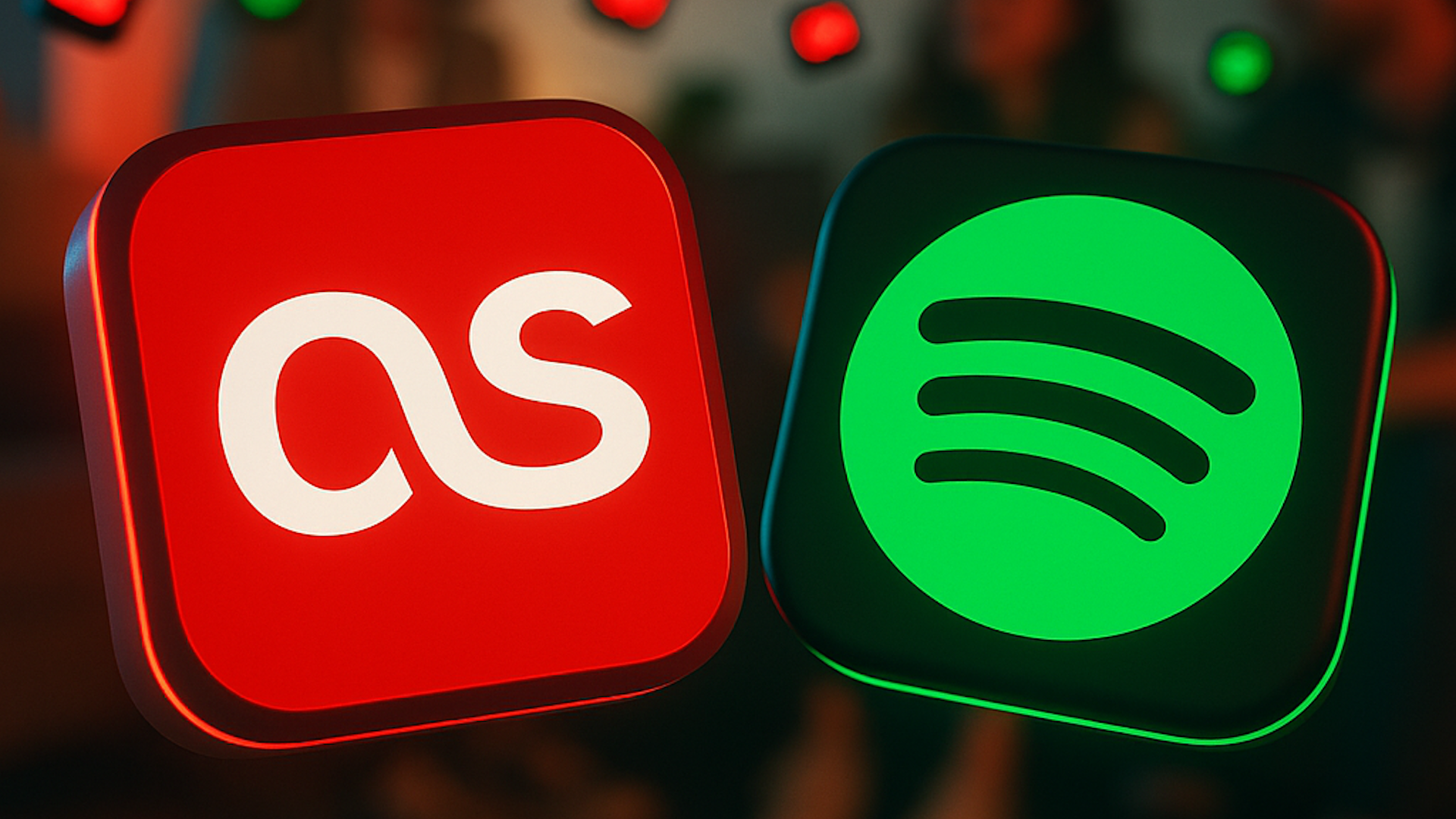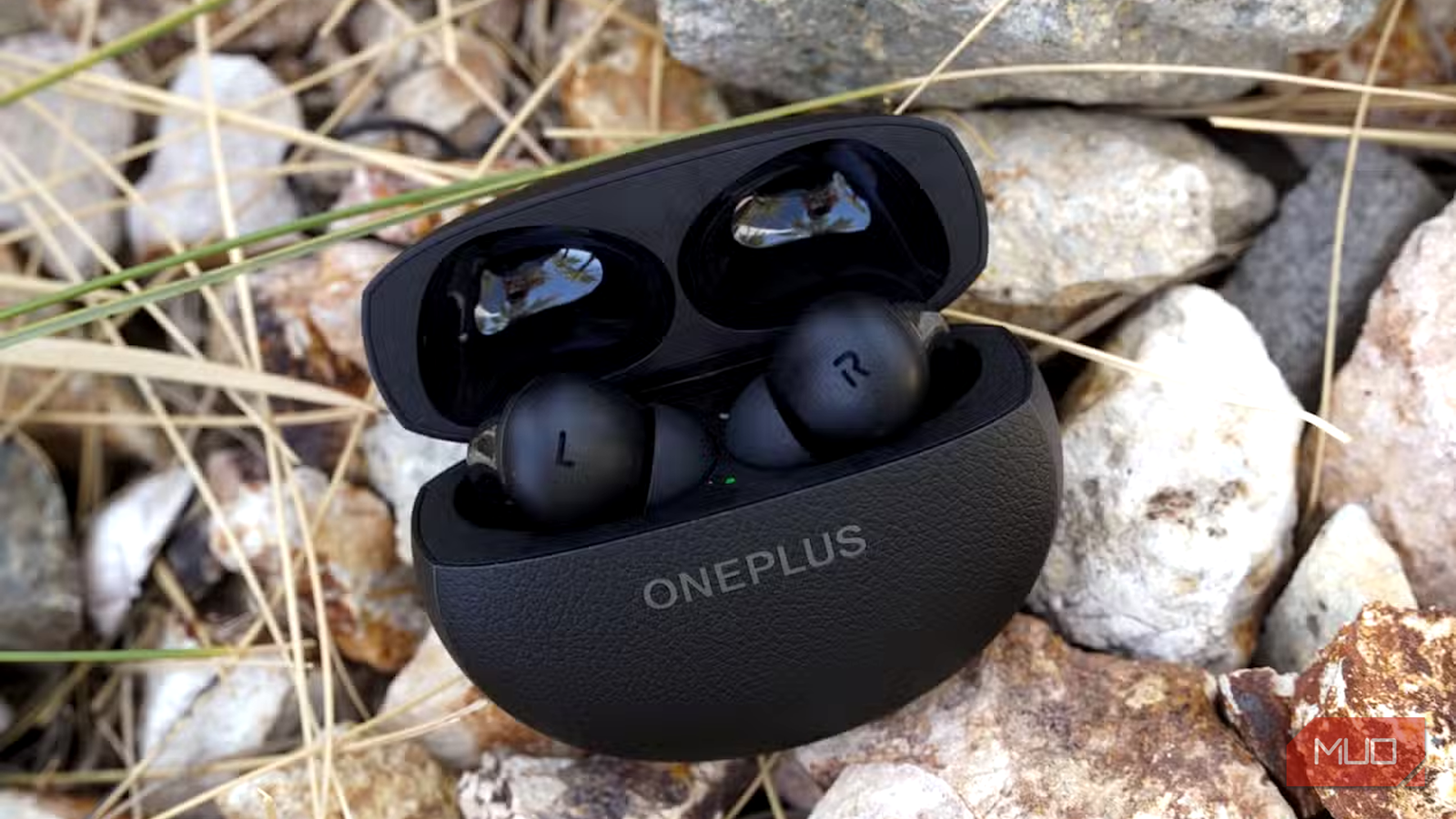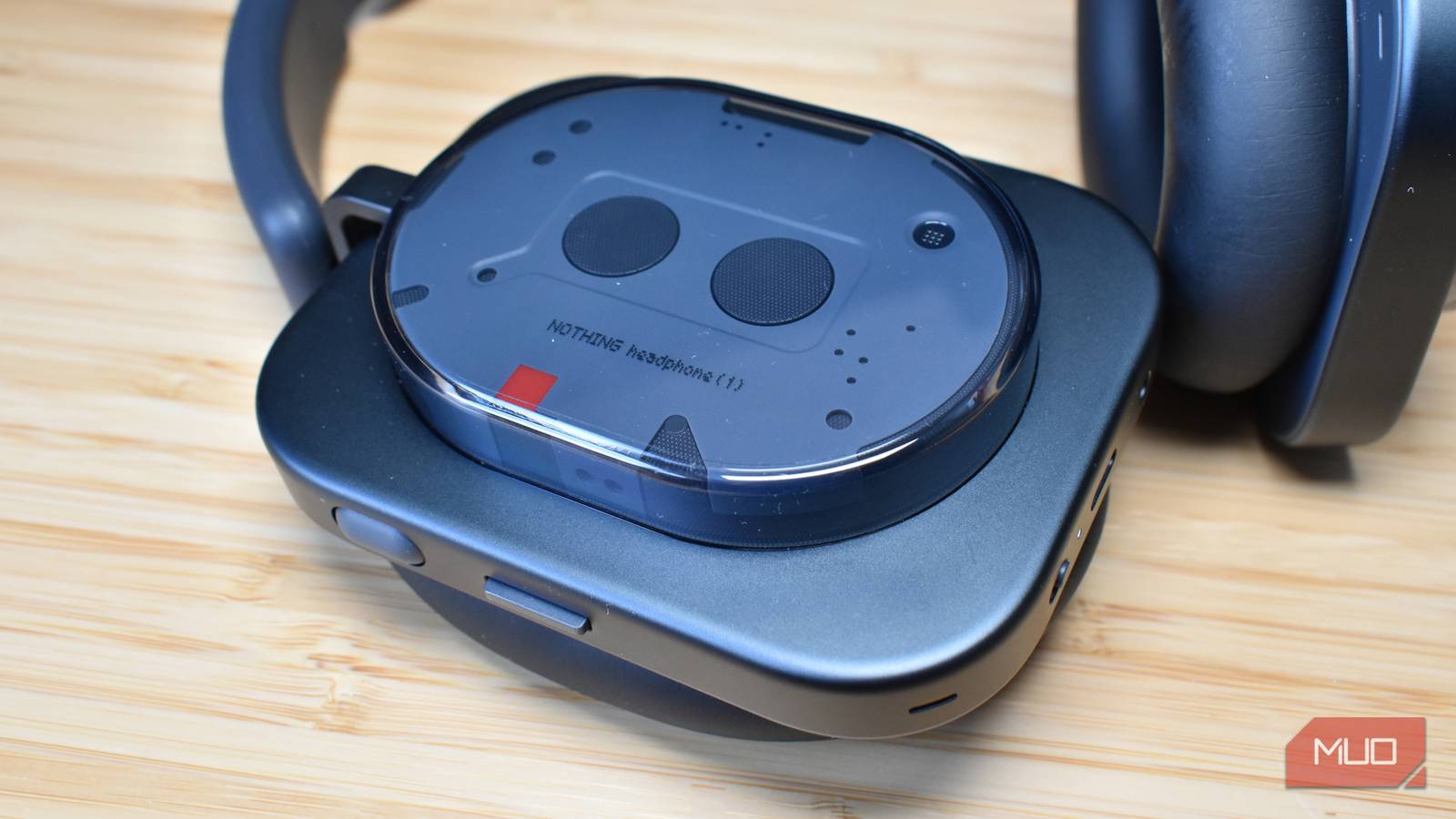Spotify Discover Weekly always drops fresh tunes each Monday, but what if your music picks could get even better? With a simple free app, you can make Spotify’s recommendations a lot smarter, turning your weekly playlist into your own personal music radar.
Boost Spotify’s Discover Weekly With Last.fm Scrobbling
Discover Weekly already delivers good recommendations, but connecting Last.fm to your Spotify account takes music discovery to another level.
Last.fm scrobbles (logs/tracks) everything you play on Spotify and other supported music streaming platforms. When you create a Last.fm account and connect it to Spotify, scrobbling everything you play, you’ll not only get Spotify’s Discover Weekly but also Last.fm’s superior music discovery engine.
While Spotify keeps its algorithm under wraps, Last.fm lays out the numbers. You can dive into your weekly charts and see exactly which songs and artists shaped the next Discover Weekly refresh. Those live stats turn the mystery of music recommendation into beautifully constructed charts and graphs that you can understand at a glance.
Transparency is only part of the appeal. Last.fm’s social side makes discovery feel more organic or “human”. Inside Last.fm, you can follow “musical neighbors” with similar tastes, peek at their “now playing,” and borrow ideas. Any song you grab through that network scrobbles instantly, so the recommendation loop keeps spinning.
Put simply, scrobbling turns your week of casual listening into fuel for two recommendation machines instead of one. You listen as usual on Spotify, Last.fm logs the data and provides you with more transparent and often more organic music recommendations than Spotify’s block-box approach to music discovery. Last.fm essentially fills some of the missing features everyone would love to have on their Discovery Weekly.
How to Sync Spotify to Last.fm
Spotify and Last.fm can connect natively using just your accounts. This built-in scrobbling works across all devices and platforms, so you never need to download extra software just to get started. Setting up this integration is simple and unlocks reliable music tracking for all your sessions.
Start by creating a free Last.fm account if you don’t have one yet. After signing in, go to your profile settings and find the section for Applications. There, you’ll notice the option to connect Spotify with your Last.fm account. Select the Connect option, then authorize the link when Spotify requests permission to access your listening data.
That single connection gets your scrobbling started right away, sending every Spotify play over to your Last.fm profile, whether you use a desktop, mobile, or a browser. If you ever notice tracks missing from your Last.fm history, there’s a reason behind the gap. Last.fm only scrobbles tracks you’ve listened to for at least half their duration or four minutes, whichever comes first. For example, if you skip a track after a few seconds or jump from song to song, those plays won’t show up. Only the tracks you truly dig into end up logged.
This rule keeps your listening stats true to your tastes. Last.fm designed this threshold so your charts and recommendations focus on songs you engage with, not just tracks you sample for a moment and skip.
Since Spotify automatically shares your track information with Last.fm using their official API, you’re ensured of reliable scrobbling across all your devices using Spotify. You also get the bonus of Spotify Connect support, so scrobbling continues even when playing on external speakers or casting to smart devices.
Get Better Control With Scrobbling Apps
If you want more control over which tracks actually get counted in your listening stats, third-party apps make it much easier to manage what ends up in your Last.fm history while you’re on the go. On a computer, you can always review and clean up your scrobbles directly from your Last.fm account. But if you mostly listen on your smartphone, having an app that lets you edit or remove specific scrobbles right from your device makes staying on top of your stats a lot more convenient.
I suggest Pano Scrobbler if you’re using an Android device. It’s free and handles scrobbling with maximum flexibility and convenience. After installing, link your Last.fm account and grant notification access so Pano Scrobbler detects what’s playing.
Pano Scrobbler lets you edit, love, or block it right from your notifications while playing a specific track. You also get batch editing, the ability to undo mistakes, and metadata correction tools for cleaning up messy titles or artist names.
Another great feature of Pano Scrobbler is that it works with any music streaming app. Any tracks you play from Spotify, YouTube Music, Apple Music, etc. will get scrobbled to your Last.fm account, making your music recommendations even more accurate. Also, even if you switch from Spotify to Apple Music, Pano Scrobbler keeps your Last.fm profile up to date with all your listening activity from Apple Music.
On the iPhone, things work a bit differently due to Apple’s tighter restrictions. Most third-party scrobblers require more setup or come with extra steps, but the official Last.fm app provides the simplest, most reliable solution for most users. However, you’ll need to open it and keep it running in the background to ensure your tracks are captured. The app tracks everything you play on both Spotify and Apple Music, and it offers useful charts, recent tracks, and personalized insights directly within the app. You can also get artist and track recommendations, and explore your weekly top charts without having to visit Last.fm on your browser.
No matter which device you use, I recommend sticking to just one scrobbling method at a time. Using several apps or plugins leads to duplicate entries in your Last.fm history, which makes the stats and recommendations less accurate.

